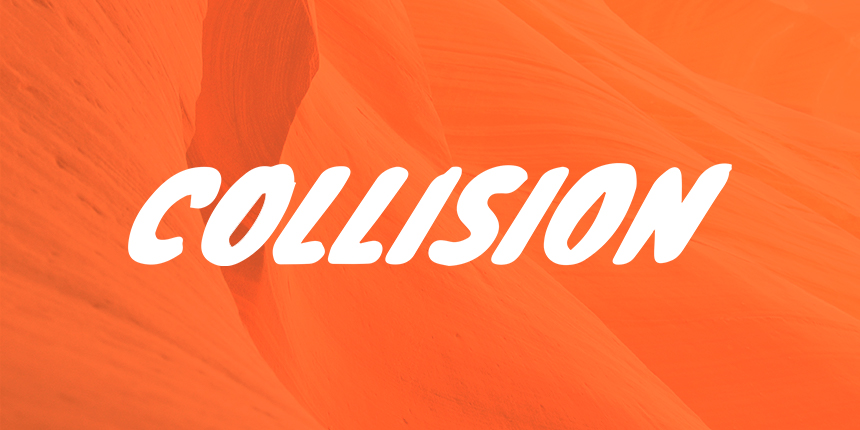With 25,000+ attendees from 125 countries, 900+ journalists, 3,750+ CEOs and a long list of speakers from groundbreaking startups and Fortune 500 companies, Collision is one of the fastest growing tech conferences in North America. This inspirational 3-day conference opened our eyes to the necessity of keeping tabs on current technological trends and the evolving digital world.
Couldn’t make it to Collision 2019? Here are our top four insights into how technology continues to shape all things digital:
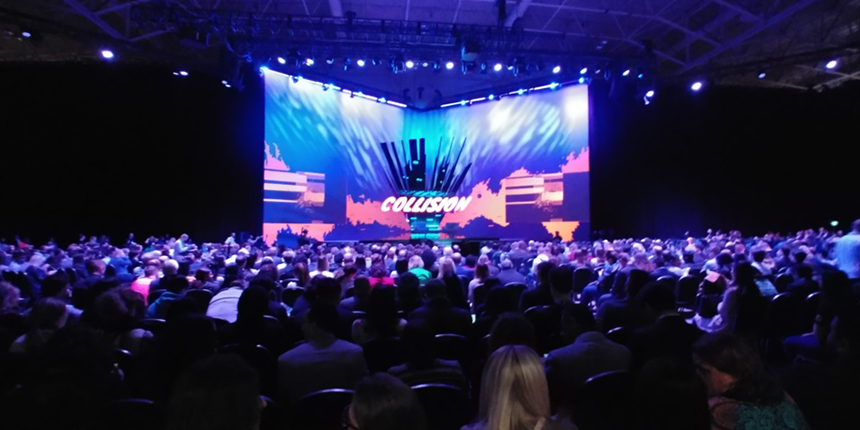
-
Quality over quantity
Focus on technology and platforms that make sense for your brand.
With a saturated market and the proliferation of media, brands are constantly competing for their customers’ time, attention, and engagement. The brands winning the fight for viewership and consumption are those that stay true to who they are. They don’t build an app for the sake of having an app, and don’t waste resources on a channel where there is no strategic incentive. Instead, successful brands build their presence on platforms that will serve the right content at the right time.
NPR CMO Meg Goldthwaite spoke about the importance of being an audio-first brand with a mission to be wherever their listeners are to create an accessible, friction-free, and device-agnostic experience. This means using their public radio platform to deliver premium audio content in the form of informative podcasts and pushing that content out on various podcasting platforms (Apple Podcasts, Stitcher, Spotify) as well as their own NPR One application.
With 20.4 million unique users and 103.1 million global unique streams and downloads across their podcast directory, NPR is a prime example of how staying true to your brand’s mission and using that as an anchor for content creation and delivery can create meaningful audio experiences.
-
Personalize every experience
Personalization is no longer a nice-to-have—it’s a must.
Creating a marketing plan and go-to-market product is no longer a straight-forward blueprint of plan-to-execution. Real-time marketing, personalization, and customization of the content delivered to consumers has become the new norm for both new and legacy brands.
Customers have come to expect content on-demand on whatever device they choose. Samantha Barry, the Editor-in-chief of Glamour and Kelly Day, the President of Viacom Digital Studios both emphasized the importance of being able to reach audiences where they’re spending their time and leveraging data to support which channels and mediums perform best.
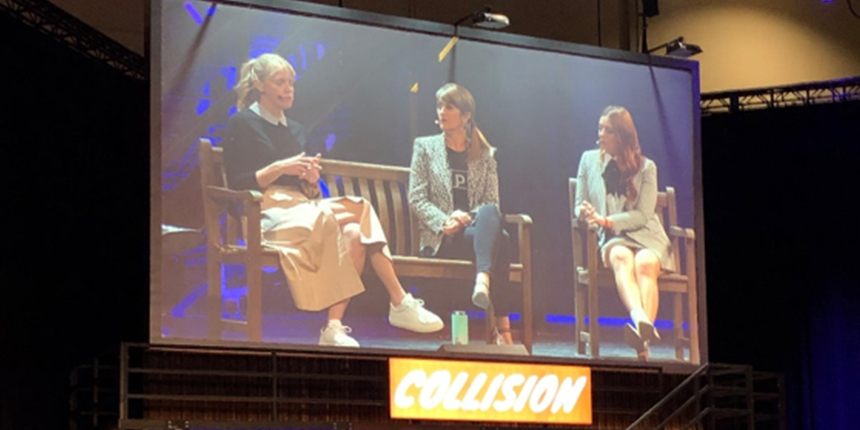
Personalization isn’t limited to digital experiences. It can also extend to developments in the product space. Technology and collaboration has allowed legacy brands like Dr. Scholl’s to revitalize their product offering. By teaming up with custom footwear startup Wiivv and FedEx, Dr. Scholl’s is able to combine their expertise in orthopedics with Wiivv’s foot mapping technology and FedEx’s 3D printing capabilities to offer a more personalized product to each customer.
The trend towards personalization is clear—in a world where personalized experiences and products have become an expectation, companies and brands will continue to rise to the challenge and close that gap between expectations and reality for their customers.
-
Staying relevant means constantly evolving
Forge your own path and focus on your target audience.
How important is it for brands to keep up with evolving consumer behavior and technological developments? As Kellyn Smith Kenny, CMO at Hilton, puts it: “If you are standing still for even one year, you will feel a year later that you are 10 years behind.”
Lucia Komljen, Global Director of Insight & Strategy for Innovation at Telefonica, emphasized that staying relevant is all about understanding what consumers actually want not what we, as innovators, think they want. Komljen explained that the key is to think about people first then think about how to make them customers. To stay relevant and deploy empathy, brands should strive to be tech-enabled, but human-centric.
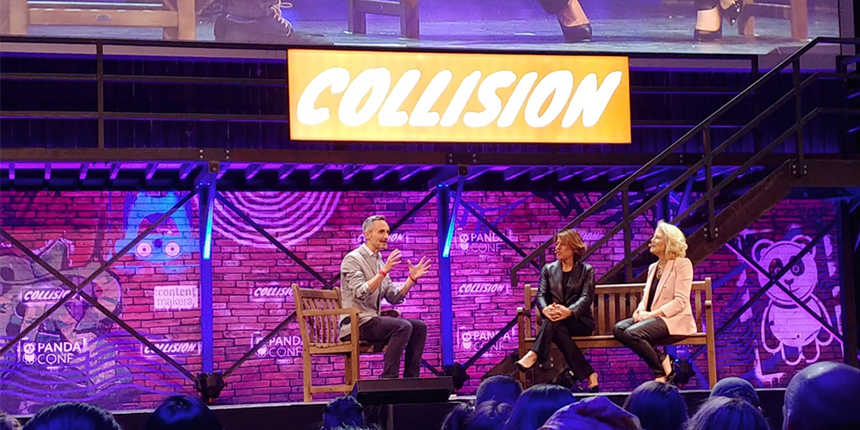
Tokyo Smoke is one example of a company that has thrived despite unique regulations and fast-paced change to contend with. The nature of the cannabis industry means they have been unable to fully leverage traditional digital marketing tactics or engage influencer marketing, but they’ve still found a way to help destigmatize the use of cannabis and normalize conversations around it throughout the legalization process, paving their own way towards relevancy.
Tokyo Smoke started as a coffee shop, and the idea was to create a space where people can have open conversations about cannabis and educate one another in a safe environment. It has since evolved into a brand that is both physically present and rising from the shadows.
-
Disruptive tech is the future
Designing your brand to disrupt the status quo.
From Akon’s vision for a futuristic crypto-city to brands that are incorporating technologies such as voice search and AI into their business strategy, disruptive tech was a recurring theme at Collision.
Ryan Ostrom, KFC’s Global Chief Digital Officer, discussed the idea of digital being the future in every business function. In a restaurant setting that could include anything from managers using Google Glass to conduct store-checks without having to be physically present, to employee training incorporating voice search.
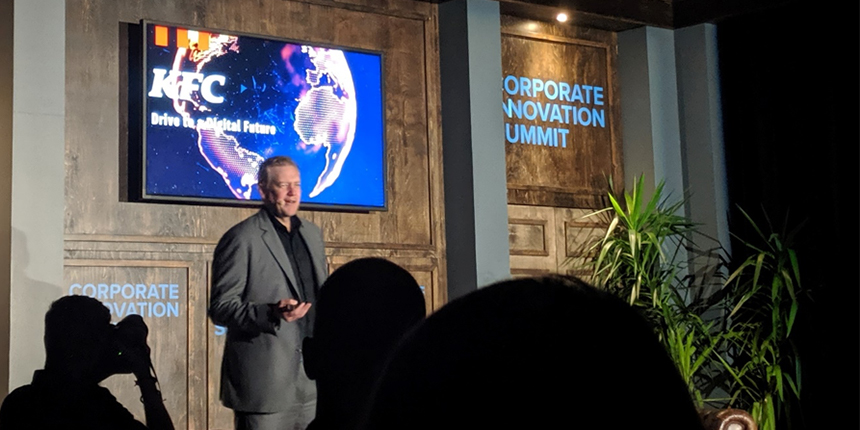
This was a common theme with panels also discussing disruptive technologies in the beauty and the automotive industries. From using layer bots to reach customers and gather insights about their preferences to using AI to get a better understanding of how consumers connect with products, technology is all about finding better ways to connect with consumers and give them what they want.
It’s safe to say that no matter what industry or vertical you’re in, technological innovation will continue to be a driving force that will shape the future and how we interact with the various brands and products around us. Digital disruption is here, and it’s here to stay.
Need help in figuring out how to build your tribe, reach consumers where they are, and stay relevant? Contact DAC today!
Written by Winnie Tran & Marina Azmy
